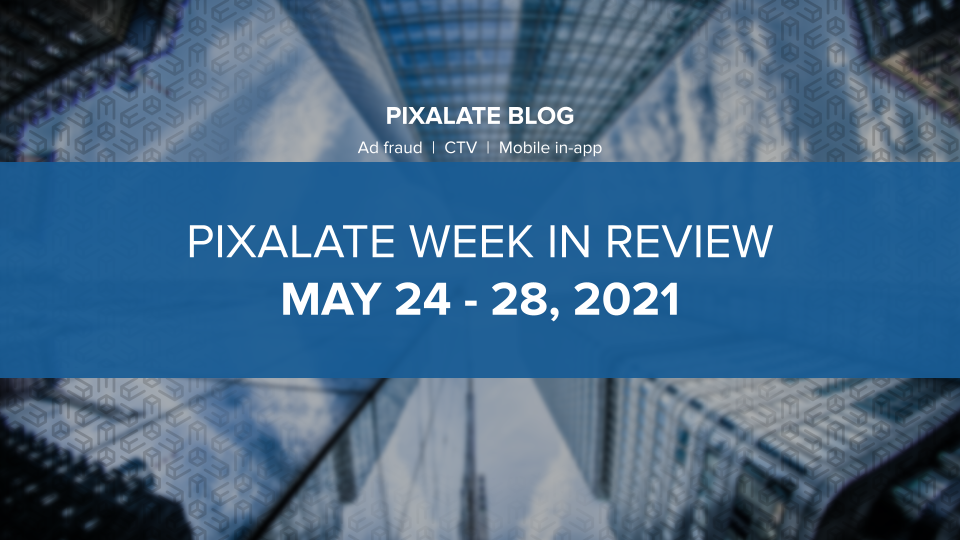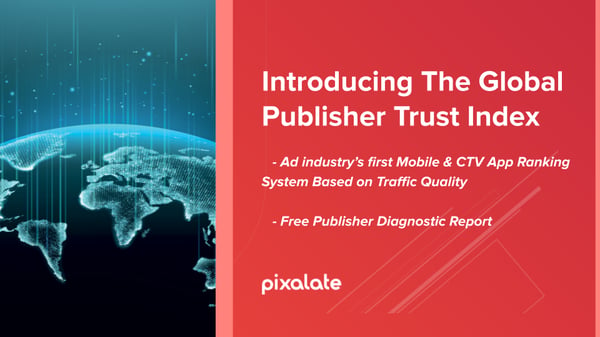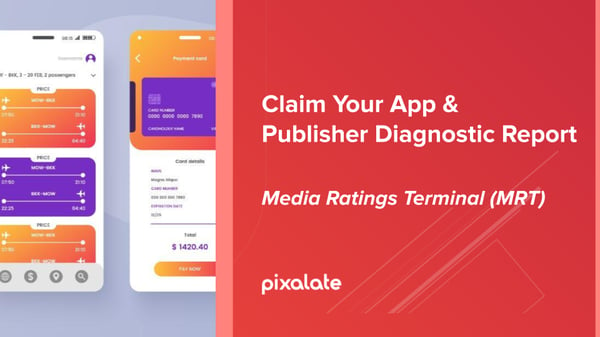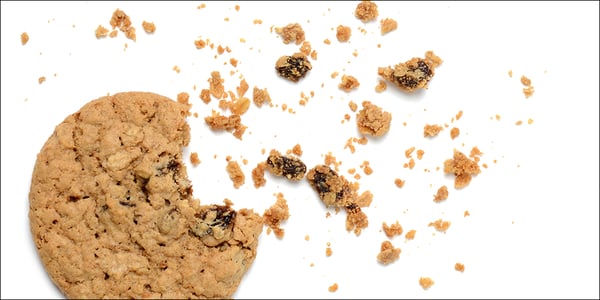
This week's review of ad fraud and quality in the digital advertising space.

Pixalate revealed the Publisher Trust Index (PTI), the industry’s first mobile and CTV app ranking based on a range of quality metrics. PTI includes 200 unique Pixalate Top 100™ rankings showing app publishers ranked by quality across regions and categories.
“Despite their critical role in the digital ad supply chain and proximity to the end-users, publishers are too often overlooked when it comes to mitigating risk and improving traffic quality,” said Jalal Nasir, CEO at Pixalate. “Empowering publishers to identify and assess their ad fraud and privacy compliance risks will create a more transparent and trustworthy programmatic ad supply chain.”
“I’ve worked in the advertising industry for 20 plus years, and the Publisher Trust Index that Pixalate is introducing will truly be a game-changer,” said Jerrold Son, Executive Director, Ad Operations at XUMO.
See the rankings here.

If you are a publisher and would like to claim ownership of an app or apps in the Media Ratings Terminal (MRT), you may submit a request (which will then be vetted thoroughly by the Pixalate support team). After claiming an app, publishers can request access to a Publisher Diagnostic Report, a free emailed report which includes customized suggested remediation steps to potential issues identified by Pixalate.

According to a survey reported on by eMarketer, YouTube will benefit most from the advertising shift from traditional TV to digital channels. “Ad dollars are transitioning from traditional TV to digital areas, and certain platforms are particularly poised for success. Just over four in five agency and marketing professionals think YouTube will benefit as ads pivot. Two in five think Hulu will also gain big, as Roku, TikTok, and Facebook follow close behind," wrote eMarketer.

Perturbations around the cookieless advertising world appeared to be an unexpected opportunity to some digital marketing agencies. “Google Marketing Platform partners—even some of the smallest—are suddenly fielding lots of unsolicited offers at high prices from agency holding companies, private equity and tech rollup firms around the world. Big dollars are chasing the notion that whoever gets a foothold in this hard-to-enter space will have a lucrative role helping marketers navigate the future of digital advertising,” according to the Ad Age.

According to eMarketer, the level of upfront TV ad spending will reach nearly $20 billion this TV season. “This includes linear and digital inventory that broadcast networks and cable channels sell during the upfronts but excludes upfront commitments that don’t ultimately result in a transaction.”
*By entering your email address and clicking Subscribe, you are agreeing to our Terms of Use and Privacy Policy.
These Stories on Weekly Recaps
*By entering your email address and clicking Subscribe, you are agreeing to our Terms of Use and Privacy Policy.

Disclaimer: The content of this page reflects Pixalate’s opinions with respect to the factors that Pixalate believes can be useful to the digital media industry. Any proprietary data shared is grounded in Pixalate’s proprietary technology and analytics, which Pixalate is continuously evaluating and updating. Any references to outside sources should not be construed as endorsements. Pixalate’s opinions are just that - opinion, not facts or guarantees.
Per the MRC, “'Fraud' is not intended to represent fraud as defined in various laws, statutes and ordinances or as conventionally used in U.S. Court or other legal proceedings, but rather a custom definition strictly for advertising measurement purposes. Also per the MRC, “‘Invalid Traffic’ is defined generally as traffic that does not meet certain ad serving quality or completeness criteria, or otherwise does not represent legitimate ad traffic that should be included in measurement counts. Among the reasons why ad traffic may be deemed invalid is it is a result of non-human traffic (spiders, bots, etc.), or activity designed to produce fraudulent traffic.”

